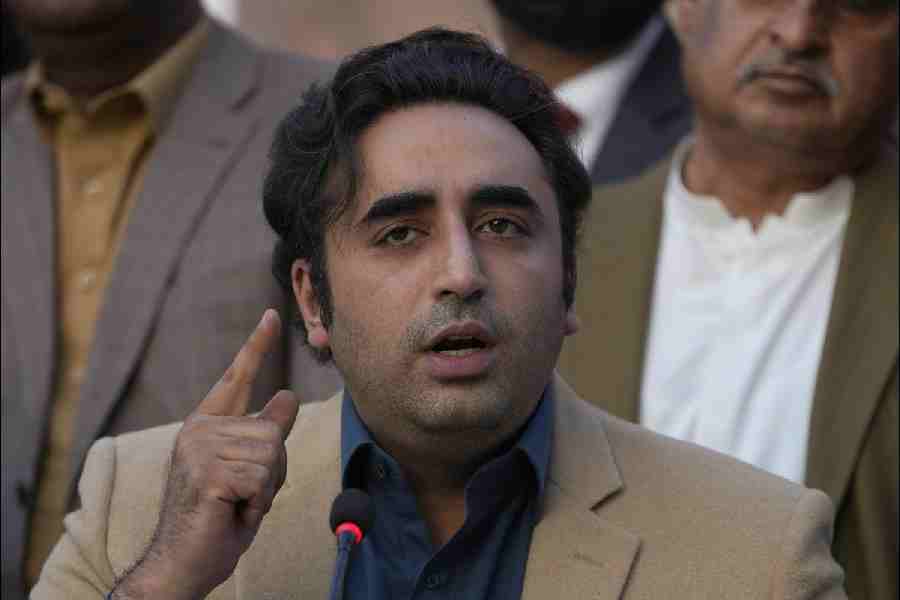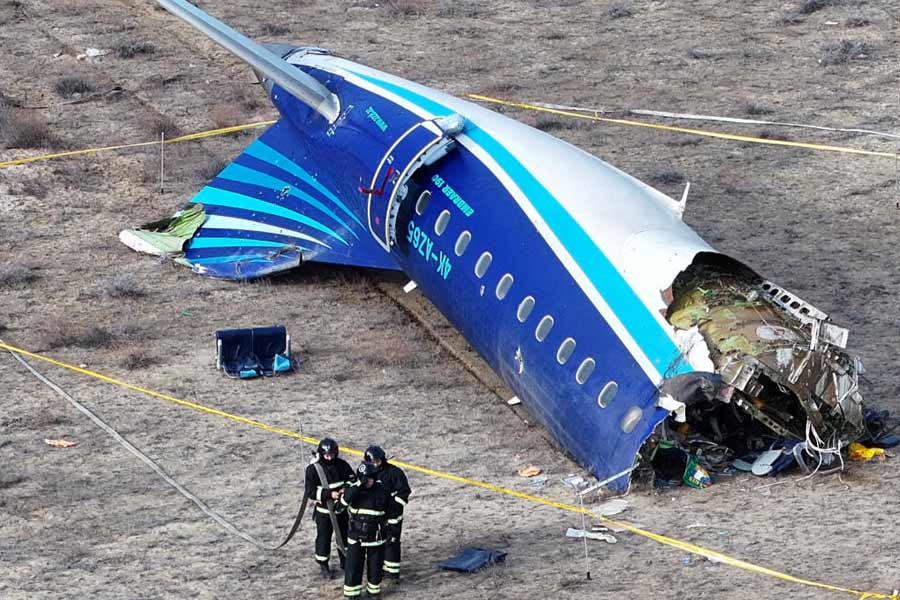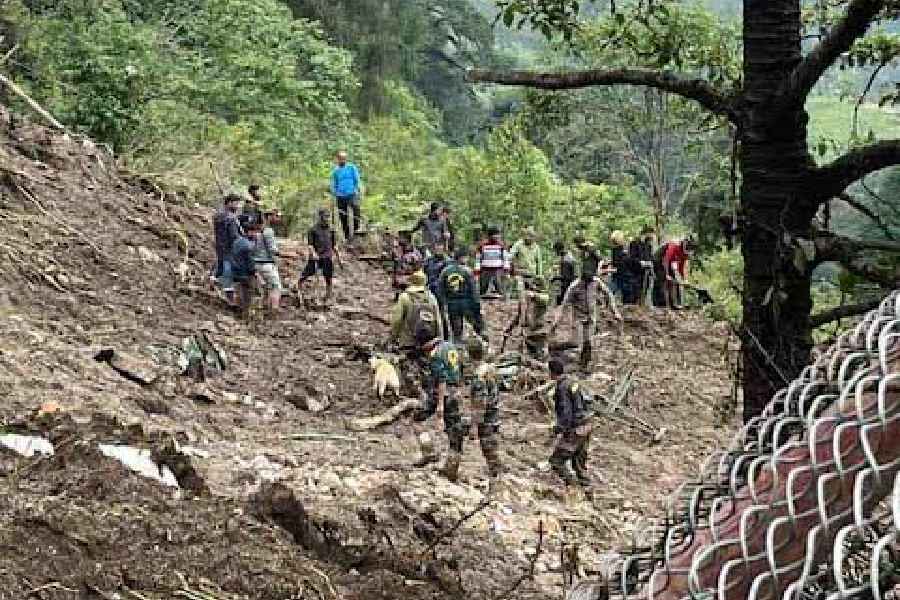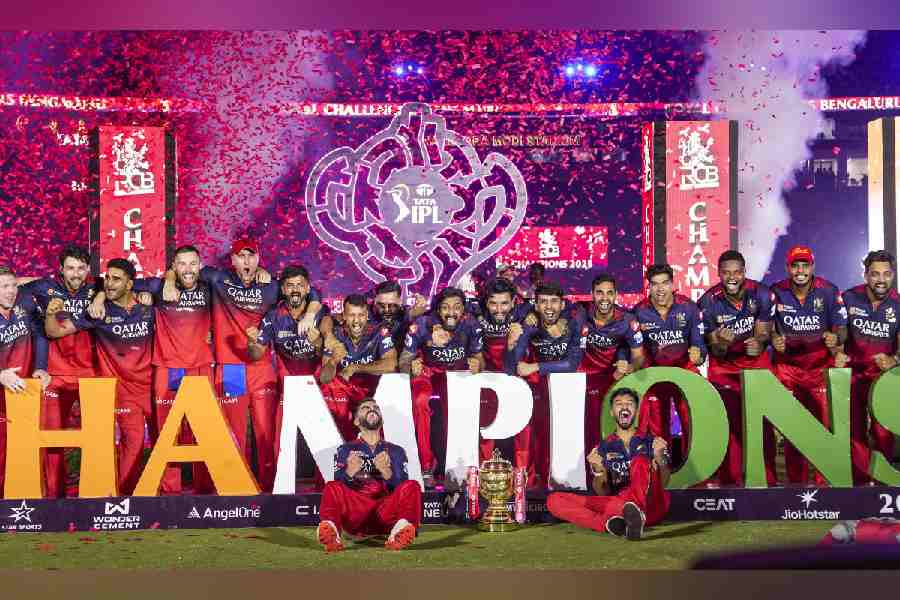 |
| Author William Dalrymple in Calcutta for the launch of his latest book. Picture by Pabitra Das |
William Dalrymple would like to call a spade a spade, and history, history. And he likes it if it turns out to be a bloody good story.
The Last Mughal, Dalrymple’s latest book, has sold 65,000 in hardback copies worldwide since its launch last month. The book, a teeming, sprawling page-turner on the lives of numerous common — and some uncommon — men and women of ‘Dehlie’ during the 1857 mutiny — of Manglo, a courtesan abducted by a rebel Indian leader, of a kebabmaker hauled up for making beef kebabs, as well of the last Mughal, Bahadur Shah Zafar II — has drawn many admirers. And a few critics.
The writer doesn’t like being praised as a “popular” historian. “It’s a dated term,” says Dalrymple, in town for the book launch on Monday evening. “In the West, the divide between cutting-edge scholarship and history for the general reader has been dead for 25 years.”
Criticised that he was overlooking much Indian research when he made the claim that he unearthed a “goldmine” of material, the writer insists that 75 per cent of the “Mutiny Papers” — the 20,000 Persian and Urdu documents that he and fellow researcher Mahmood Farooqi went through at the National Archives of India in New Delhi — had not been requisitioned before.
But “popular history” or not, his book is a striking gallery of portraits under the overarching themes of history. It’s the tragedy of an infirm king, as old and mad as Lear, if much less violent, but also the story of a beautiful city — and its death.
“We were looking for characters on whom we had information from before 1857”, so that their stories could be told. The most intriguing of them on the British side, felt Dalrymple, was Theo Metcalfe.
Theo, son of the Delhi resident Sir Thomas Metcalfe, suspected of being poisoned by Zafar’s favourite wife Zeenat Mahal, could have had a bit of himself, says Dalrymple. “Before the mutiny, he was this flighty, fast, social young blade”, with a father frowning on his lifestyle. But the sepoy killings of the British in Delhi changed him. Maddened by his grief and “betrayals”, he would try and hang as many “natives” every day. His name was enough to send a “native” jeweller fleeing, leaving his ware. “How would I react in his place?” asks Dalrymple.
He is also fascinated by John Lawrence, the chief commissioner of Punjab, who turned out to be one of the most capable British officials in north India. He didn’t like “cakey men” and wanted to punish an officer for buying a piano, but dealt with the ruins of Delhi after the mutiny with sensitivity. He sent Theo back to England.
On the Indian side, there is the Mughal. But if the writer finds him charming, the writer might still find him, if gentle and tolerant, also ineffectual and senile.
But along his side, there are startling cameos. There is Manglo, whose brother repeatedly moved the Mughal court for her safety, but no one knows what happened to her. A kebabwallah was arrested on Bakr-Id for cooking beef, something prohibited by Zafar in deference to the Hindu sepoys. But the man said he was a butcher. There was Mirza Mughal, one of Zafar’s sons and a surprisingly able administrator when put in charge of the rebel army. After the mutiny, he was stripped and shot point blank, with two other princes, by a British officer of dubious reputation.
Then there’s Ghalib, the poet. He is the soul of the city. His despair is the despair of the city — one that took great pride in its culture, beauty and prosperity, but was crushed in a war that it did not want.
But Ghalib never left the city. He kept on writing letters to his friends. “The Fort, the daily crowds at Jama Masjid, the weekly walk to the Yamuna Bridge and the yearly fair of the flower-men. None of these survives, so how could Delhi survive? Yes, there was once a city of that name in the realm of India.”
Dalrymple says that after his book, the number of queries over the Sepoy Mutiny has increased at the National Archives.











